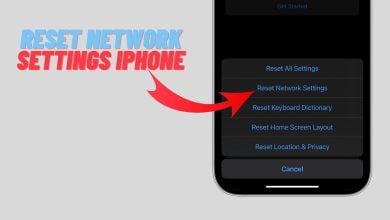Fix: Apple Pay not Working
Appley Pay may not work due to an outdated OS of your device. Moreover, if your device’s region does not match your current location, then it can also stop Apple Pay from working as well. This error occurs when a user tries to make a payment through Apple Pay by placing his phone over the contactless reader in a retail store. In some cases, the device wakes the phone but no payment is made through the card (either debit or credit), and “Hold phone Near” or “Try again” message is shown.
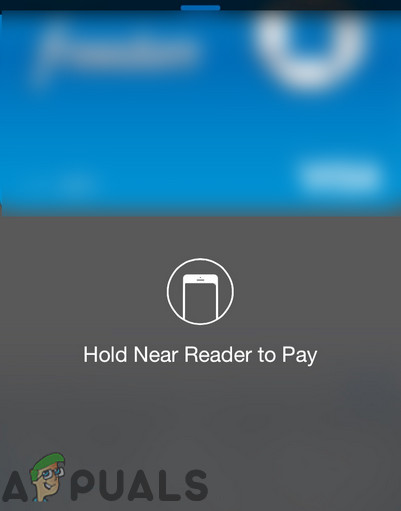
Before diving in more detailed solutions to fix Apple Pay, check if the issue is happening in one particular place. If so, then the problem could be with the reader of the place. Furthermore, if Apple Pay is not working on your Apple Watch, then try to use it on your iPhone.
If this is the first time you encountered the issue, then try to put your phone in the standby mode and then try again to make the payment. If you are using an Apple Case, then try to make the payment after removing the case. Moreover, when making the payment, try to hold your phone 2 inches from the POS device (not closer than that). Make sure that the card used with Apple Pay is supported by the retailer e.g. Discover is not supported at many places in the UK and if you try to use Apple Pay at a retail shop where Discover is not supported then Apple Pay may not work. Moreover, do not forget to check with your bank if everything is working fine e.g. many banks automatically stop a card when it is near to expire and send a new one and if a user tries to use Apple Pay with the old card, then Apple Pay may not work. You can confirm if Apple Pay is working with the cards by using Apple Pay for in-app purchases.
Solution 1: Change the Region of Your Phone to Your Actual Location
If your regional settings are not as per your actual location, then Apple Pay will fail to process the payment and thus cause the error under discussion. Here, refreshing the region even if the correct region is set is recommended
- Open Settings of your phone.
- Now tap on General and then tap on Language and Region.
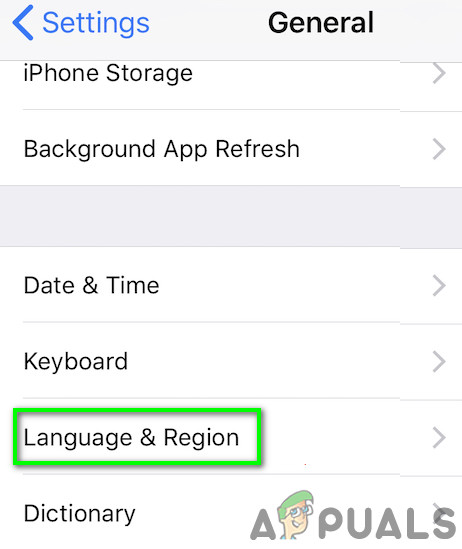
Open Language and Region Setting of iPhone - Then select the region as per your actual location.
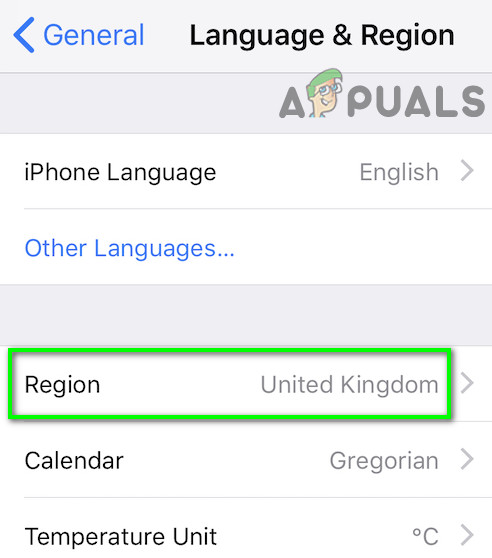
Change Your Region in iPhone - Now launch the Apply Pay and check if it is operating fine.
Solution 2: Enabling ‘Allow Access When Closed’ Option
Some commonly used iPhone features are available even when the iPhone is in a locked state. This feature is available through the settings of Allow Access When Closed menu. This setting is essential for the operation of Apple Pay and if it is disabled (it is disabled automatically after an iOS update), then it can stop Apply Pay from working. Given the circumstances, turning on this setting may solve the problem.
- Open Settings of your phone and then tap on Touch ID & Passcode.
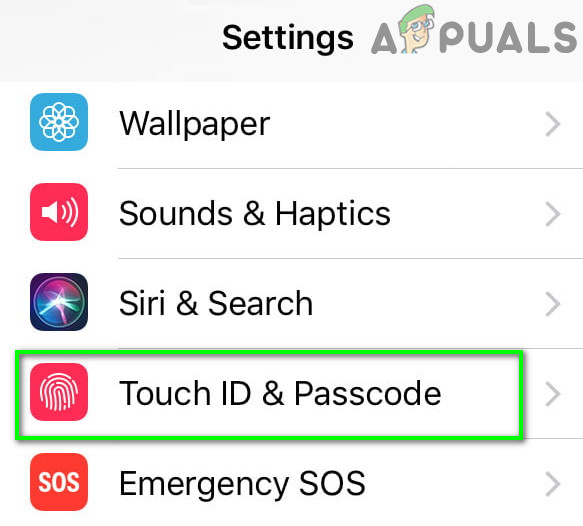
Open Touch ID & Passcode - Now enable the option of “Allow Access When Closed” for Apple Pay or Wallet.
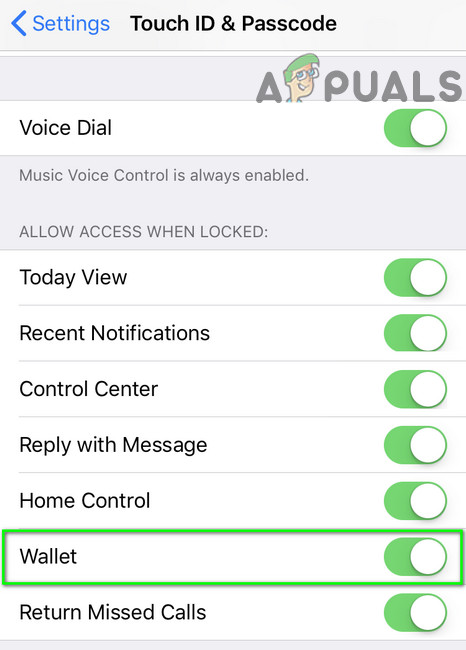
Enable Allow Access When Closed for Wallet - Then launch Apple Pay and check if it is operating fine.
Solution 3: Restart Your Device, Sign Out of iCloud and then Sign Back in
The current Apple Pay error could be caused by a software glitch of your phone or a communication glitch between your phone or Apple’s servers. To rule out any of these glitches, it will be a good idea to sign out of your Apple ID, restart your iPhone (which will clear out any temporary files creating the issue), and then sign back in.
- Restart your phone and then check if the problem is solved.

Power off iPhone - If not, open Settings of your phone and tap on your name.
- Then scroll down till the end and tap on Sign out.
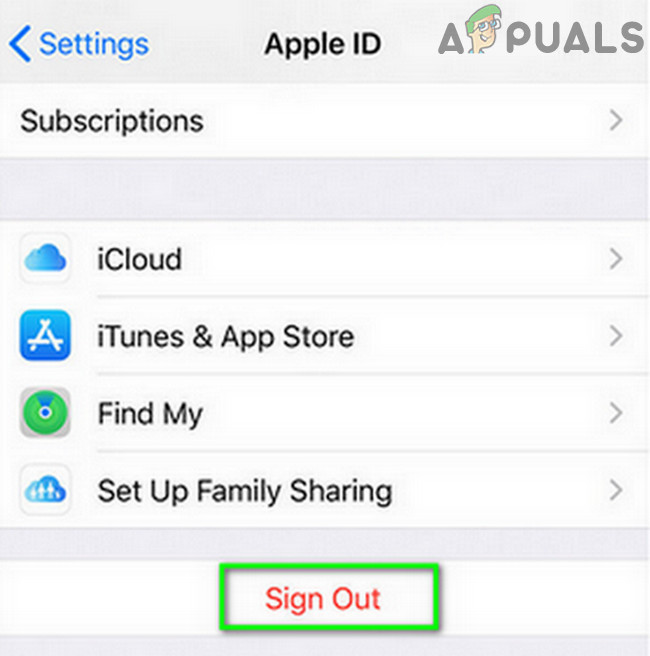
Sign Out of Apple ID - Now enter your password and then tap on Turn Off.
- Now if you want to keep a copy of data on your device, then turn it on.
- Now tap on Sign Out and then again to confirm the sign-out.
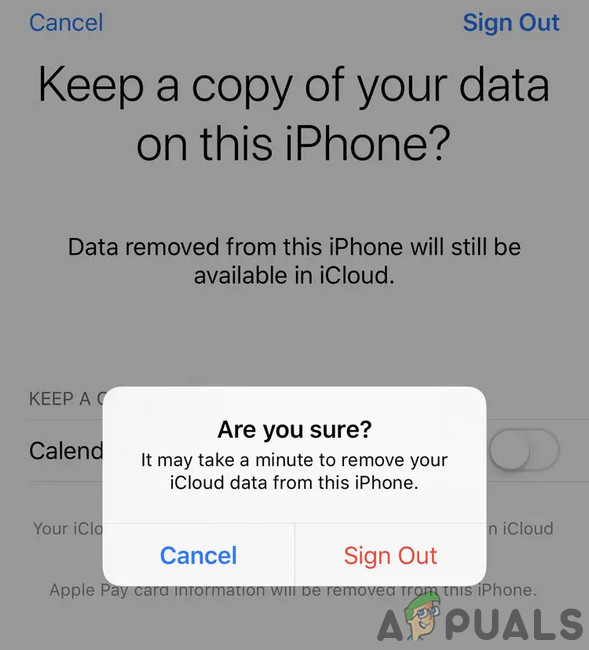
Confirm to Sign Out of Apple ID - Then power off your phone.
- Now, wait for 30 seconds, then power on your phone.
- Then open Settings of your phone and tap on Sign in to your device.
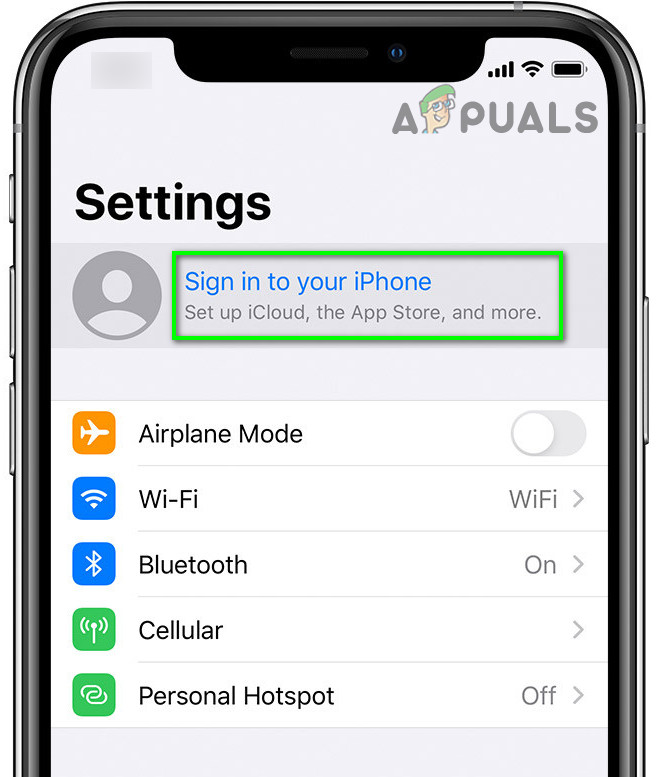
Sign in to Your iPhone - Enter your Apple credentials to complete the sign-in process and then check if Apple Pay has started to operate fine.
Solution 4: Update the OS of Your Device
iOS is constantly updated to cater to new technology developments. Also, these updates are targeted to increase the stability of the OS by fixing the known issues. If there are several OS updates pending for your device, then you may encounter the error under discussion. In this case, updating the iOS of your device may solve the issue.
- Backup your phone’s data.
- Plug your device to a power source and connect your device to a Wi-Fi network (recommended). You can use mobile data but keep an eye on the size of the download.
- Open Settings of your device and tap on General.
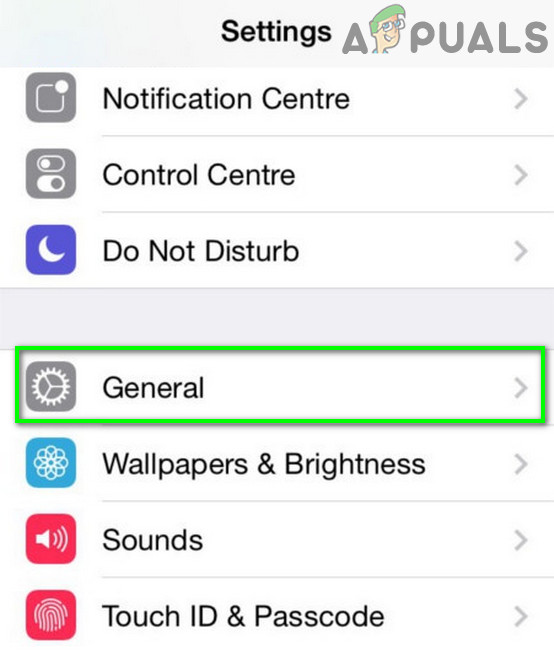
Open General Settings of iPhone - Now tap on Software Update and If there is one available, then download and install it.
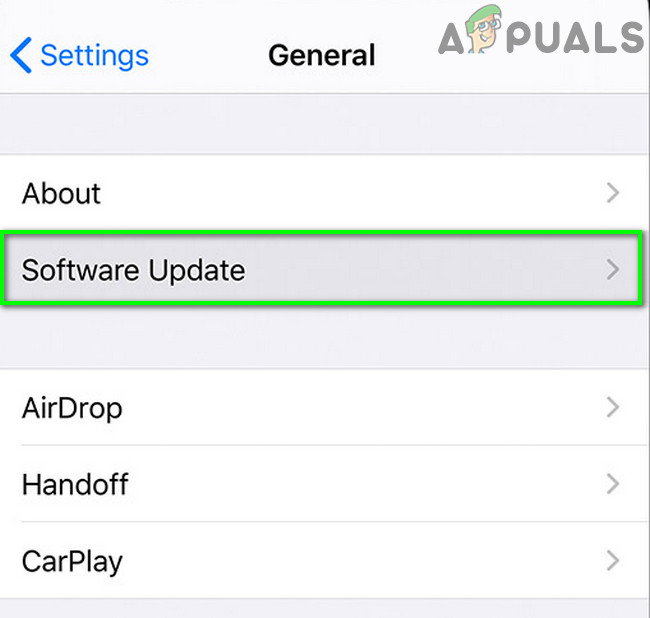
Tap on Software Update - After updating iOS, launch Apple Pay to check if it is clear of the error.
Solution 5: Perform a Full Restore of Your Device
If nothing has helped you so far, then the issue can be caused by a corrupt OS of your device. In this case, performing a full restore of your device may solve the problem.
- Backup your device.
- Then perform a full restore of your device.
If you are still having the issues with the Apply Pay, then Unlock your phone and hold your finger on the home button. Then lock the screen of your phone and instantly double tap on the home button to bring out the Apple Pay menu to check if it is operating fine.
If not, then most probably, the NFC chip of your phone is damaged and you can confirm it by visiting any of the Apple stores/dealerships. If your phone is under warranty, then it will be replaced free of charge. Do not forget to check if the NFC chip is properly screwed (as there were reported cases where the unit was not properly screwed in after repairing another fault like battery problem).





